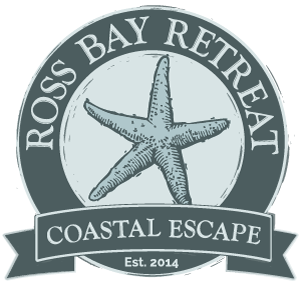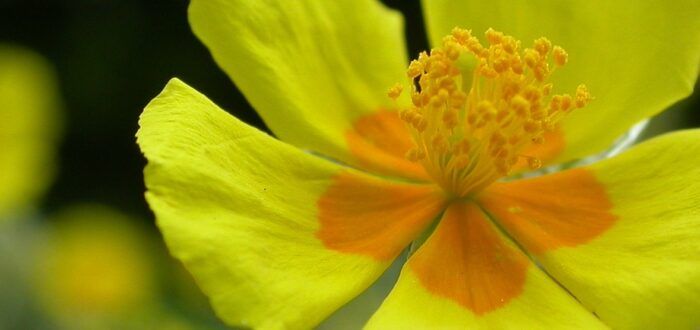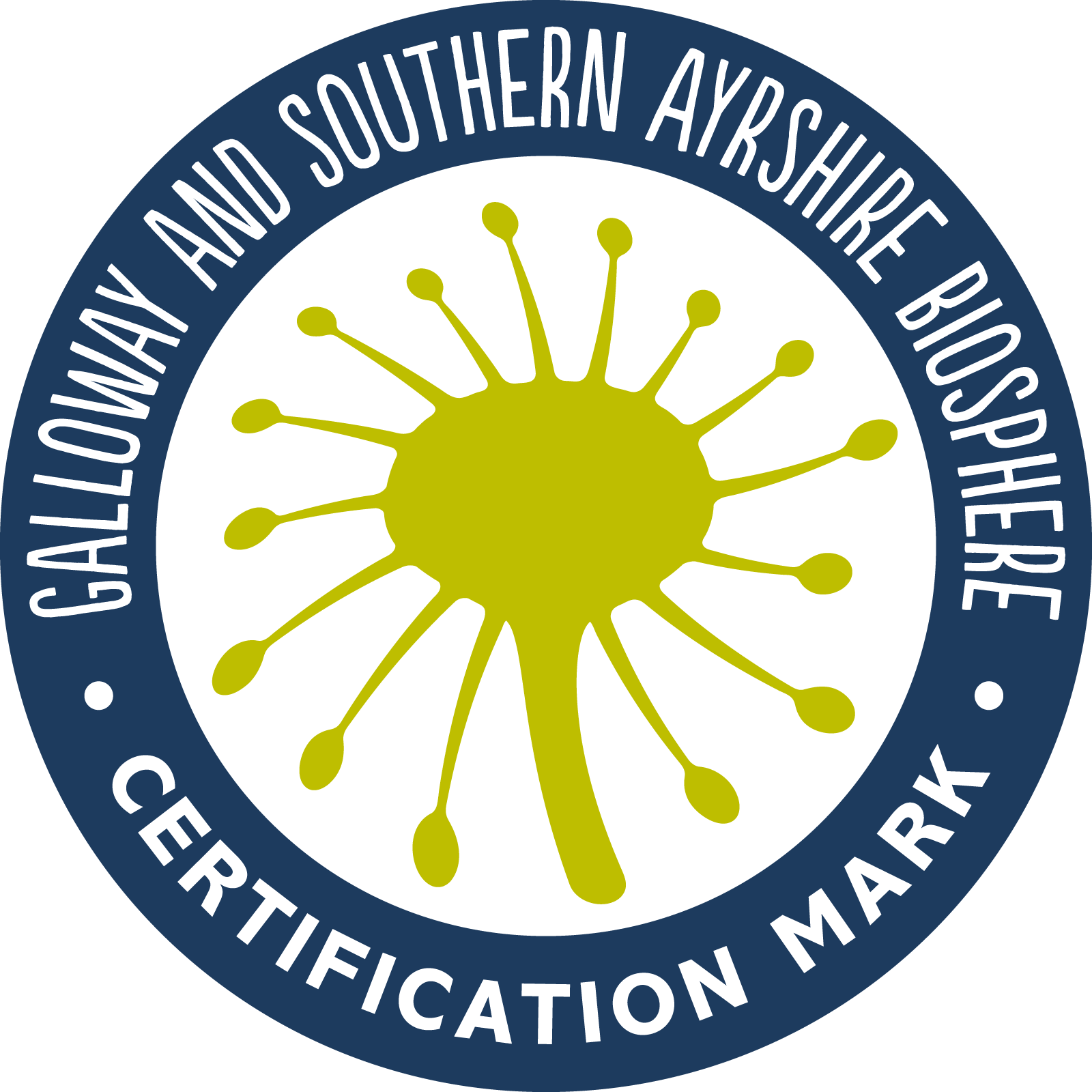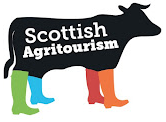We were recently visited at Ross Bay by a surveying officer for ‘Species on the Edge Project Officer’ from the Amphibian and Reptile Conservation.
Their reason for visiting to was to assess our farmland and immediate local area for the Common Rock-Rose which is the most important food plant for the Northern Brown Argus butterfly, an endangered species here in the UK. The survey also assessed our nature friendly farming practices are on track.
View this post on Instagram
Common Rock Rose – About
Common Rock-Rose is a low-growing, creeping, evergreen shrub that likes sunny chalk grassland, cliffs and rocks. It colours the landscape in vibrant bright yellow and flowers from June to September often growing in dense clusters, colouring the grey-green landscape with a yellow colour.
Common Rock-Rose provides plenty of nectar for various bees and is also the foodplant of several species of butterfly such as the brown argus, green hairstreak and rare silver-studded blue.
Found only in the north of England and Scotland, the Northern Brown Argus is a high-priority species. This is because Common Rock-Rose is its most important source of food and the only plant on which it chooses to lay its eggs. A perfect pairing, however there is a lot of conservation work being done to protect them, supporting nature recovery at a landscape scale!
How to Identify:
Common Rock-Rose flowers are large, with five bright yellow, crinkly petals. The underneath of its lanceolate leaves is white and woolly.
Distribution of Common Rock-Rose
Found throughout the UK, but especially common in Scotland and Southern England.
Did you Know?
The Latin name, Helianthemum, means ‘sunflower’; indeed, the bright yellow flowers of the Common Rock-Rose only open in the sunshine and close at night.
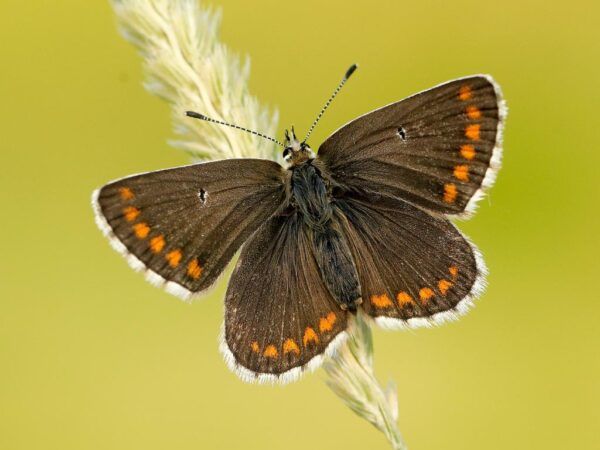
Northern Brown Argus Butterfly
The Northern Brown Argus Butterfly
Northern brown argus butterflies occur in small colonies of less than fifty individuals and the females have only one brood a year. Northern brown argus’ are dark brown in colour with several orange crescents towards the edges of the wings. These crescents are small or absent on the forewings, which have a white spot in the centre of the upperside and have pale undersides.
Behaviour of Northern Brown Argus Butterfly
The Northern brown argus’ preferred habitat is often where Common Rock-Rose, the larval food source of choice, is found growing. This encourages the Northern brown argus to select alkaline ground, such as limestone, as habitat and can be found on south facing slopes and in hollows. Individuals roost communally and enjoy flying in warm sunshine.
The Results of the Survey
The survey was conducted in the areas from Blackstone down to Ree of Ross and the surveyor was pleased to find the Common Rock Rose in abundance. Found in no less than 34 separate locations throughout the areas assessed.
Liam Templeton, the ‘Species on the Edge Project Officer’ quoted that “There were also positive indicators of species rich grasslands such as birdsfoot trefoil, harebell, wild thyme and bedstraw. I didn’t see any northern brown argus butterflies on the wing, likely due to the wet and windy conditions, but I counted in excess of 90 eggs during my search”.
Liam had meant to continue to Slack Heugh to investigate a historic record for northern brown argus butterfly, but unfortunately he ran out of time. He mentioned that “If the rest of what I saw is anything to go by then I imagine this area is just as prolific”.
Common Rock-Rose Sightings
To help illustrate his findings he produced several maps where he encountered the Common Rock Rose. See images below.
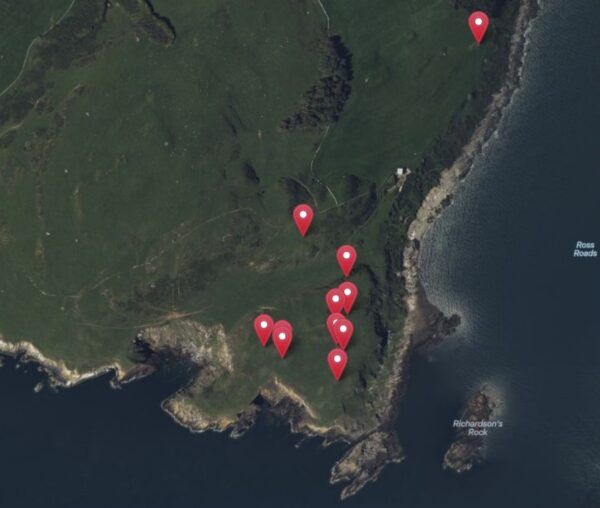
Ross Bay Map of Common Rock Rose Findings – Ross Peninsular
In addition, Liam passed his findings and information collected from his survey onto one of his associates at Butterfly Conservation Scotland who monitor findings of the Northern Brown Argus Butterfly. They will advise Liam’s conservation team on any further monitoring activity he would like us to carry out in the area.

Ross Bay Map of Common Rock Rose Findings – Thunderhole Bay
Liam also commented “We have a view to promote more nature-friendly farming practices throughout the region and I have a feeling that your land, both at Ross and Balcary, may be considered exemplary. It would be great to try and demonstrate this to similar businesses”.
Biodiversity at Ross Bay
Sue Dale-Sunley, the owner at Ross Bay Retreat says “Here at Ross Farm we strive to enable sustainable farming which benefits the farm animals, wildlife, environment, landscape and nature. This all helps make our peninsular beautiful for all to enjoy.”
At Ross Bay Retreat we are delighted that our efforts are being recognised helping provide and maintain biodiversity in and around the land here at Ross Farm and across the beautiful peninsular.
Related Links:
- Embrace the Wonderful Biodiversity at Ross Bay
- The Galloway and Southern Ayrshire Biosphere & Ross Bay Retreat
- The Wildlife Trusts – https://www.wildlifetrusts.org/wildlife-explorer/wildflowers/common-rock-rose
- The Northern Brown Argus Conservation – Northern Brown Argus | Butterfly Conservation (butterfly-conservation.org)
- Scottish Wildlife Trust – https://scottishwildlifetrust.org.uk/species/northern-brown-argus
- Amphibian & Reptile Conservation – https://www.arc-trust.org/
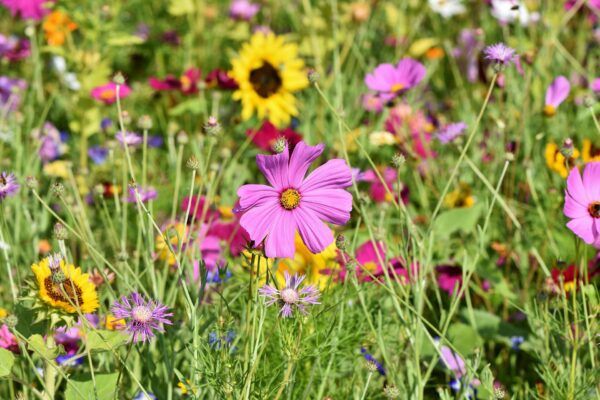
Wild Meadow flowers
